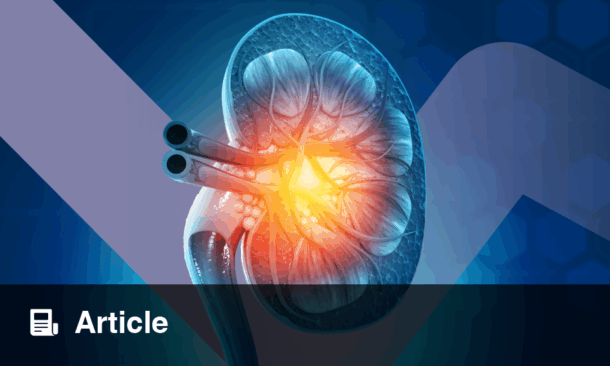SENSORY nerve activity mediating the function of the bladder is influenced by both filling pressure and newly discovered ‘non-voiding transient contractions’ (TCs) according to researchers; a discovery that may offer a potential new pathway for intervention in bladder dysfunction.
Through understanding the underlying processes of normally functioning bladders, therapeutic strategies for those with dysfunction may be developed. These mechanisms have proven to be more complex than a simple sense of bladder fullness. Although filling pressure plays a role in signalling, a new study has demonstrated the significance of TCs to the overall process.
Found in the urinary bladder smooth muscle, TCs drive afferent nerve activity related to bladder contraction and excretion. “The presence or absence of these contractions, and how fast the contractions happen, can contribute to bladder under-activity or over-activity, which are both bad,” said Prof Mark T Nelson, Chair, Department of Pharmacology, College of Medicine, University of Vermont, Burlington, Vermont, USA.
Exploring these mechanisms in an ex vivo mouse bladder preparation, the study found that for a given filling pressure, TCs induced 10-times more afferent (sensory) nerve activity, whilst filling pressure was found to increase the rate of rise in TCs, suggesting a change in the length-tension relationship of the detrusor smooth muscle. “This meant that the rate of rise of the TC tells the brain not only how full the bladder is, but also if the bladder muscle can contract sufficiently for normal voiding,” explained Prof Nelson. TCs are demonstrably responsible not only for signalling fullness of bladder, but also for indicating the optimal time for excretion.
The team then investigated how TCs may be manipulated to offer help for those with bladder dysfunction. “At least in our experiments, the frequency [of TCs] is set for that animal or person. It seems like it is fine-tuned, so that you get the optimal response. Our data suggest that other cell types, non-muscle cell types, non-nerve cell types, are playing a role,” added Prof Nelson. They found that by inhibiting small or large-conductance calcium-activated potassium channels, both of which are involved in regulating smooth muscle excitability and sensory output, TC amplitude, and thus afferent nerve activity, was increased. Blocking these channels presents a new target for therapeutic intervention in those for whom these TC mechanisms are dysfunctional.
(Image: freeimages.com)






